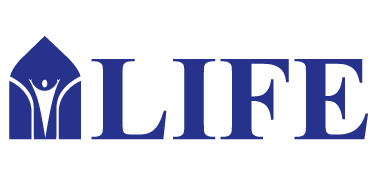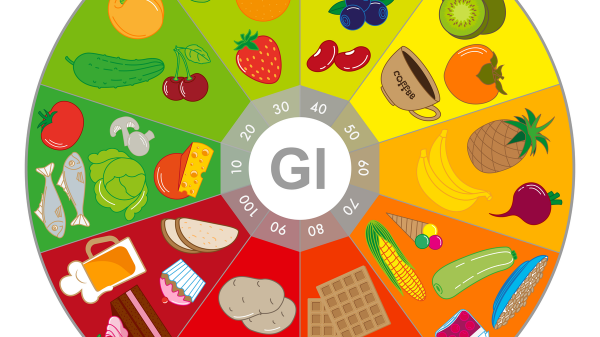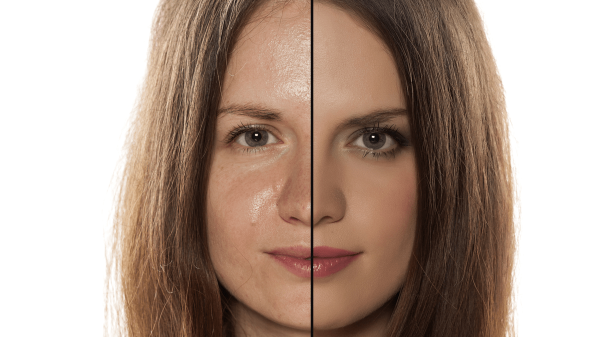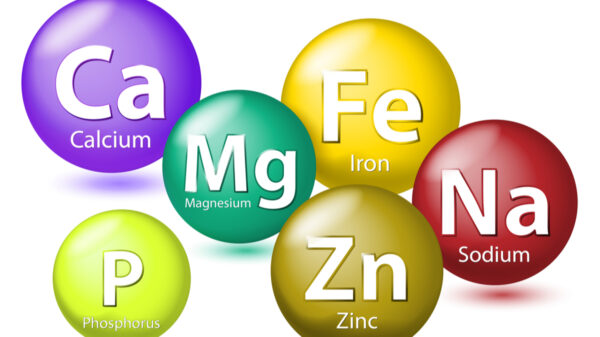In a protein power diet, the consumption of high protein with low carb is introduced with healthy fats. You can eat almost every food except which contain additional sugar, but other foods are severely limited, for example, grains and legumes.
Health physicians Michael Eades and Mary Dan Eades formulated the Protein Power Diet. They established an architectural chain of family care clinics and then began to specialize in bariatric medicine (weight loss). In 1996, the book ‘Protein Power’ was published, which outlines the guidelines of the diet.
People following this diet will probably lose weight in the short term, but sticking to these eating habits is difficult in the long term. You should know the benefits and cons of the Protein power diet so you can determine whether it is ideal for your weight loss journey and health.
How Does the Protein Power Diet Work?
A protein power diet works on the principle of lowering the level of insulin in the body. The hormone of your body that controls the metabolism or breakdown of carbohydrates is insulin.
High levels of insulin are not beneficial for health. Some effects of high insulin are listed below:
- Levels of cholesterol are increased
- The fluid retention produced by kidneys is increased
- The dietary fat is converted into body fat.
This diet predicts that if you manage to keep the intake of your carbohydrates low and consume proteins along with some fats, you will have a low insulin level. The writers of Protein Power’s diet claim that a small amount of carbohydrates and lower insulin cause weight loss.
Sample Menu of the Protein Power Diet
The intake of food that is encouraged in the Power Protein diet consists of wild game, beef and eggs.
The intake of cereals, bread, pasta, refined sugar, and large portions of fruit is restricted. An example of a menu of about 1.600 calories, 25% of which come from protein, 50% from fat, and just 25% from carbohydrates, is illustrated below:
- Breakfast Menu: You can consume a poached egg with butter applied on a toast. One ounce of breakfast sausage with tea or coffee.
- Lunch Menu: Tune in 3 ounces with one half boiled egg served with mustard and mayonnaise in low fat. The amount of pita bread is limited in combination with lettuce, bean sprouts, tomatoes, pickles, green onion, olives, and sunflower seeds.
- Dinner Menu: Grilled salmon in four ounces along with one cup of zucchini, all sautéed in a half tablespoon of butter. Green salad seasoned with a dressing of oil and vinegar with white wine in four ounces.
- Snacks Menu: Two ounces of Gouda cheese along with a large orange are usually considered as snacks.
Pros of the Protein Power Diet
1. Satisfies hunger:
The food intake relies on protein, fiber, and fat and it results in feeling full. The consumption of this food in a diet gives you a feeling of a full stomach, but cravings for carbs are found common.
2. Maintenance phase
The diet plan is constructed in three phases. The first is an intervention phase (active weight loss), then the transition and maintenance phase. The aim is for followers to learn how many carbs their bodies can handle and adhere to that quota without adding weight.
3. Weight Loss
As diet plan controls portion size and limits carbohydrates, making it likely that the Protein Power diet give you a short-term weight loss. However, the diet can also be difficult to stick to in the long run, although it includes a maintenance period.
4. High in Fiber
Any diet with a focus on fruit and vegetables rich in nutrients would naturally be high in fiber. The Protein Power diet recommends you an intake of a minimum of 25 grams of fiber a day, which matches the federal diet. Adult women should at least consume 25–28 g/day of fiber, and adult men should consume 31–34 g/day. Slightly less is needed for adults over 50 years of age.
Cons of the Protein Power Diet
Low nutrients: Low consumption of fruits and grains results in low consumption of nutrients, such as folate (essential for pregnant women) and other vitamins, minerals. Intake of multivitamins should be added to the diet to fill the nutritional gaps.
1. Higher fat
Fats are important and nutritious, but consumption of too much saturated fat can increase cholesterol and increase the risk of heart disease, Consumption of fats in red meat and full-fat dairy products.
2. Requires counting
You should be aware of the carb and protein count of all that you consume to adopt this diet correctly (or you should know the serving size).
















